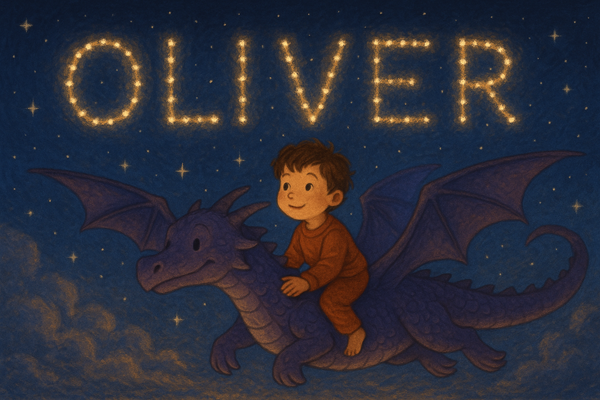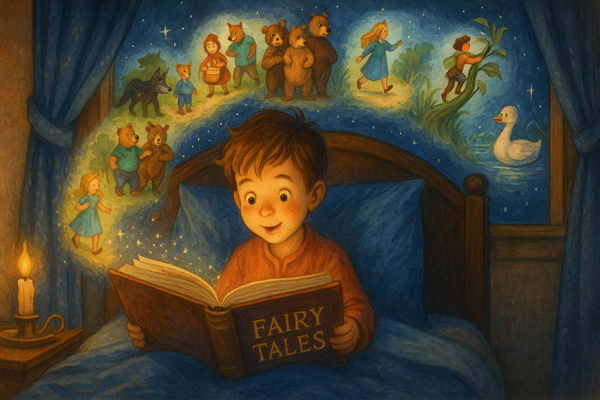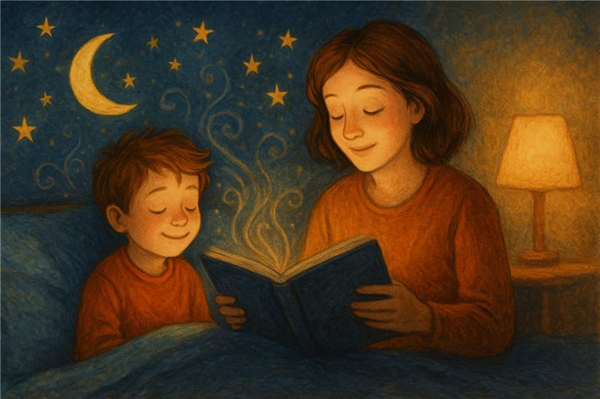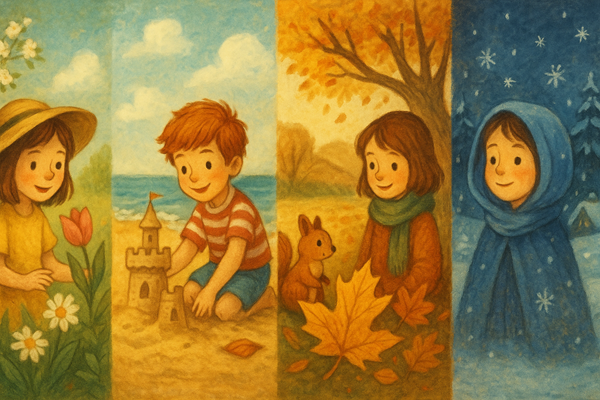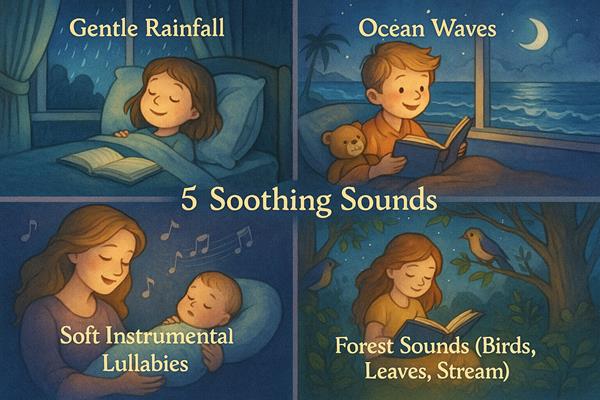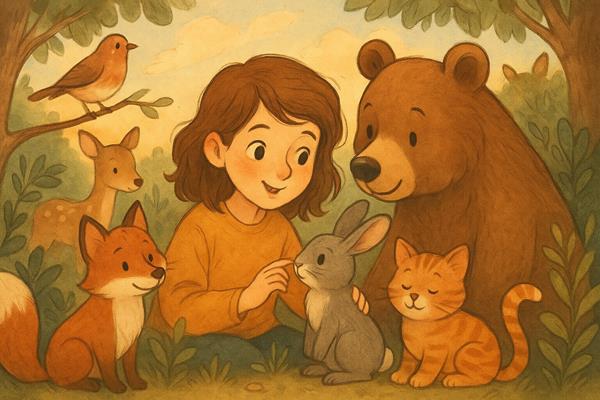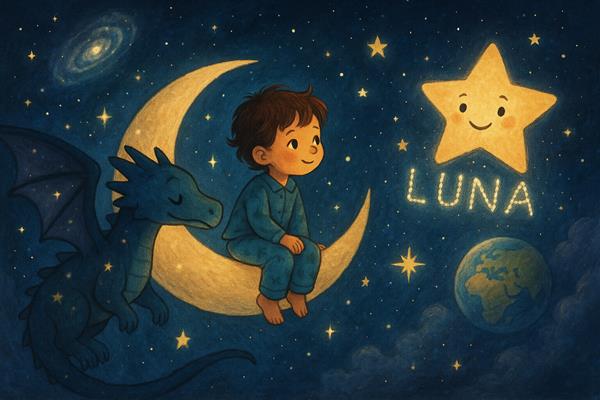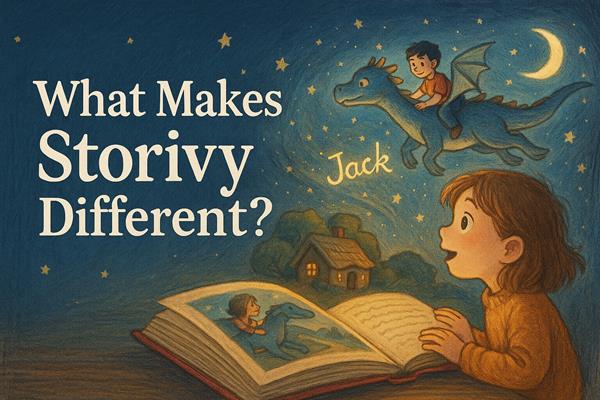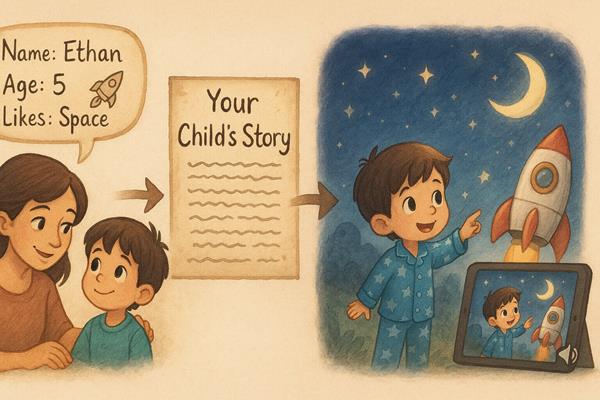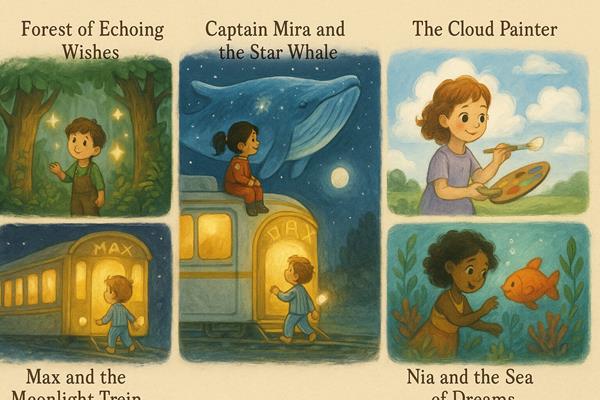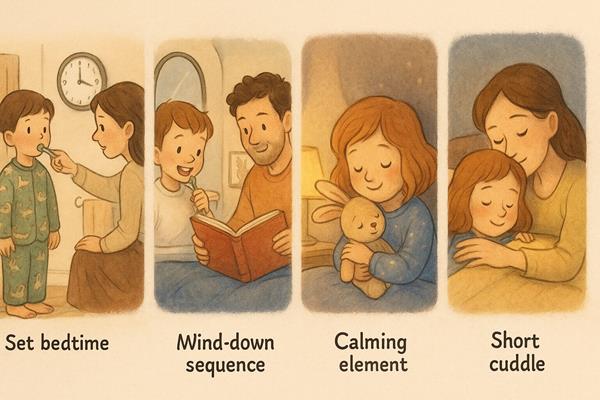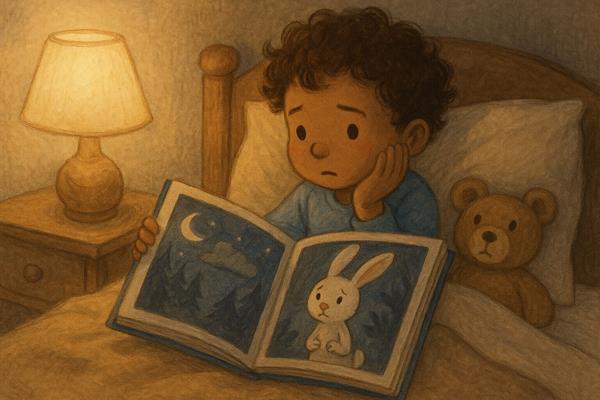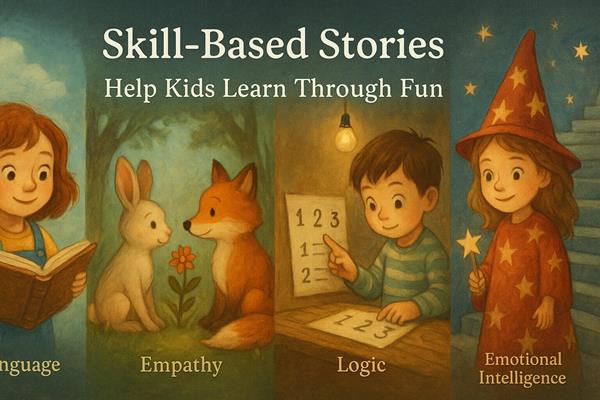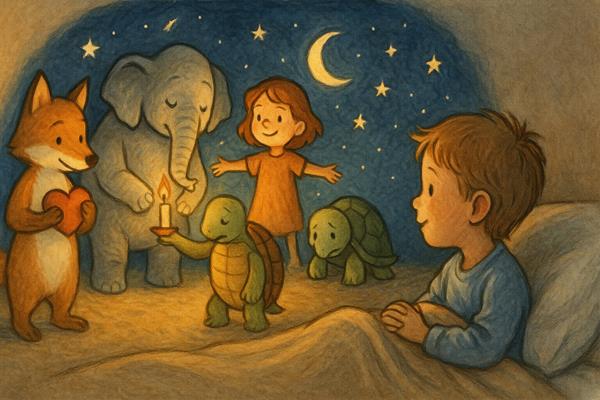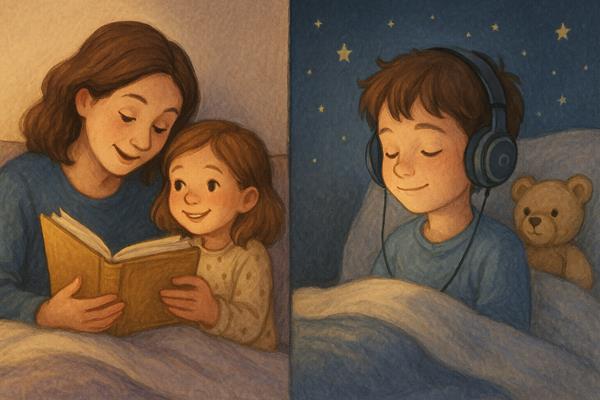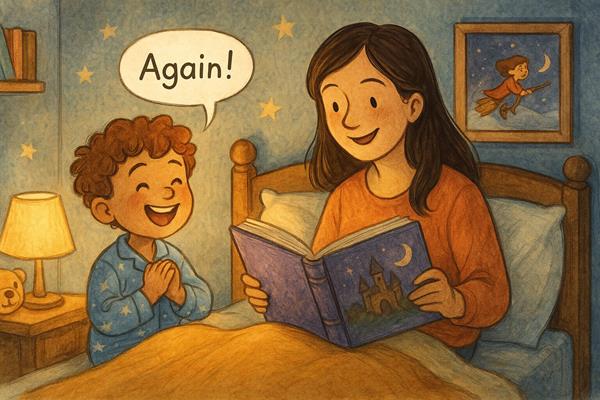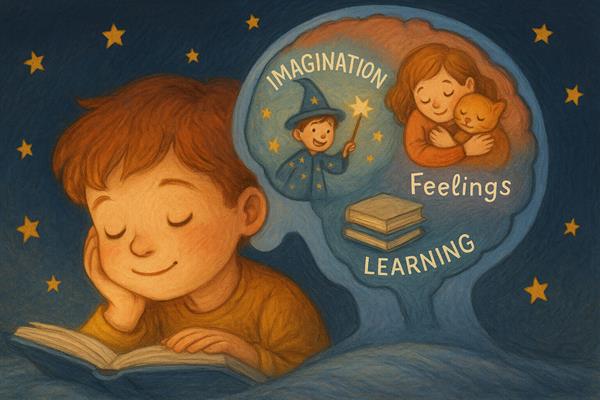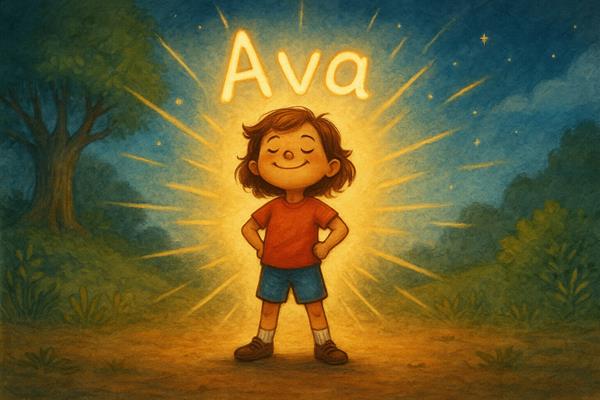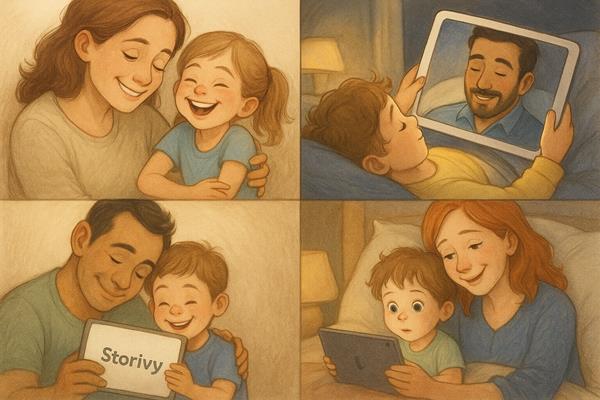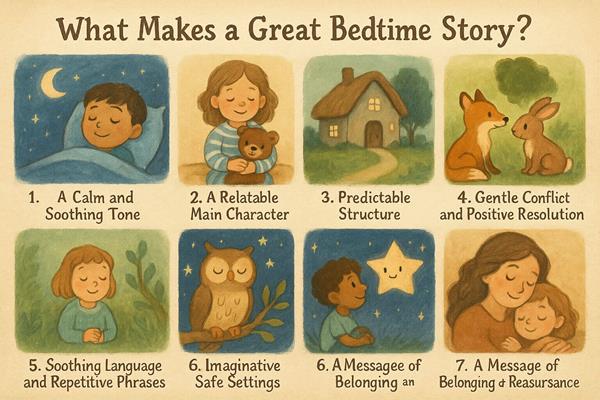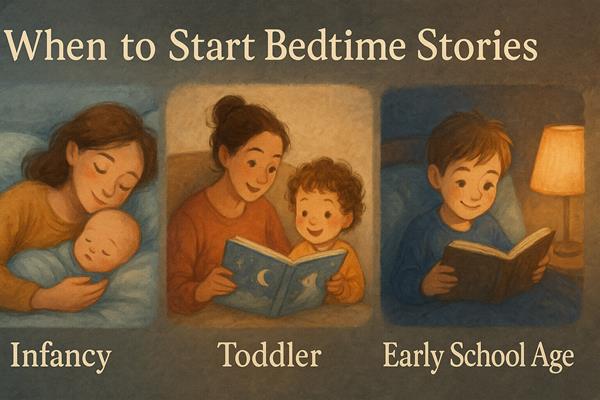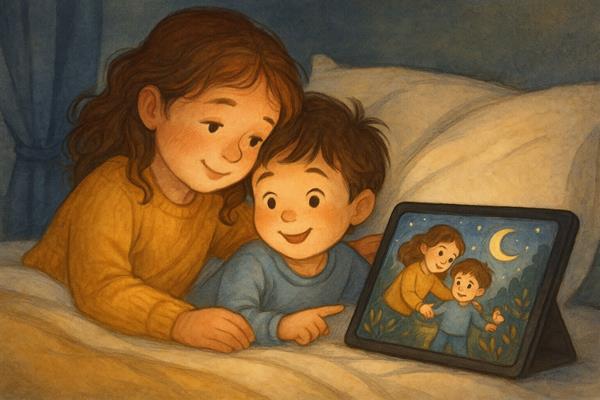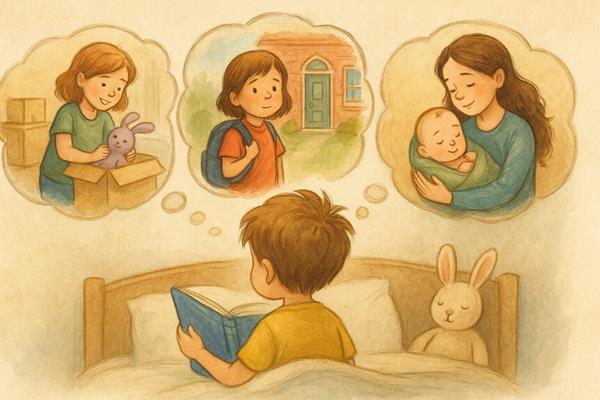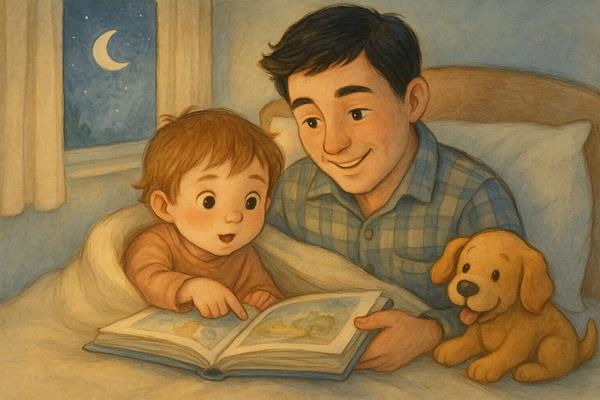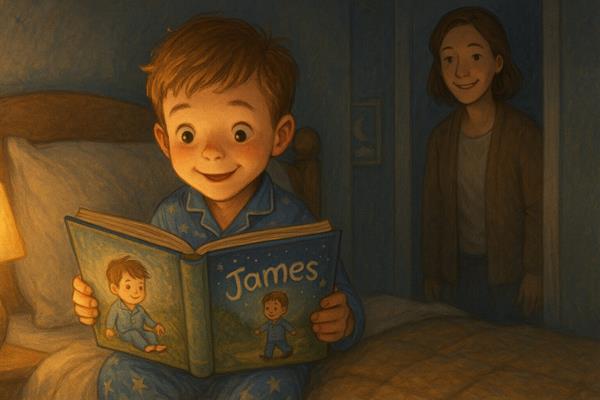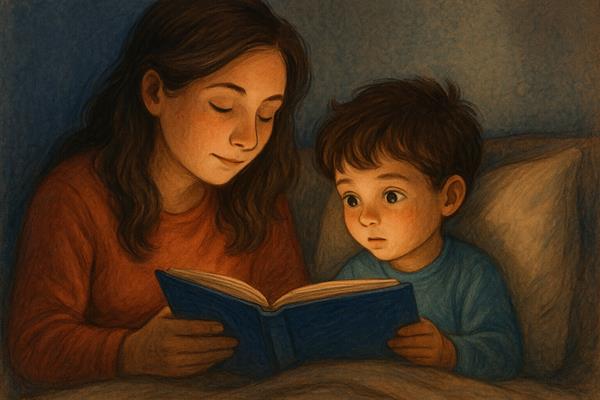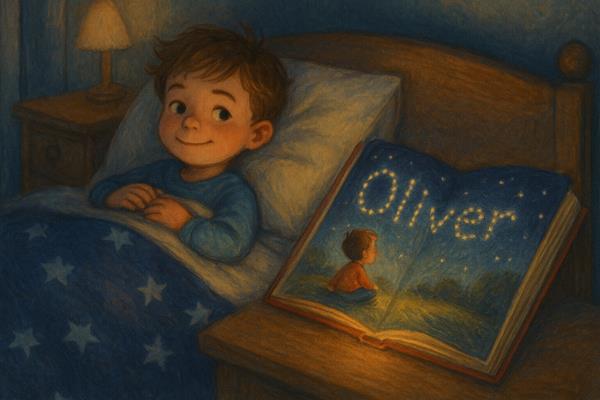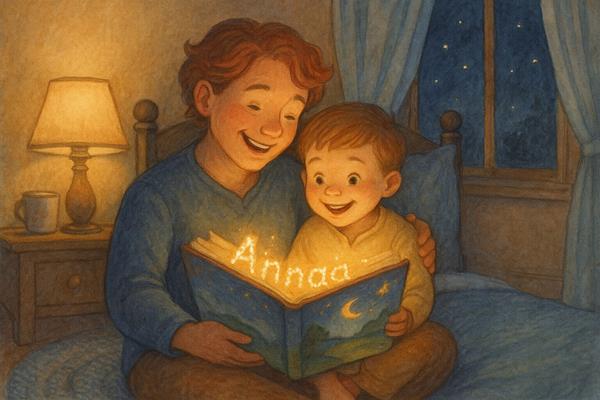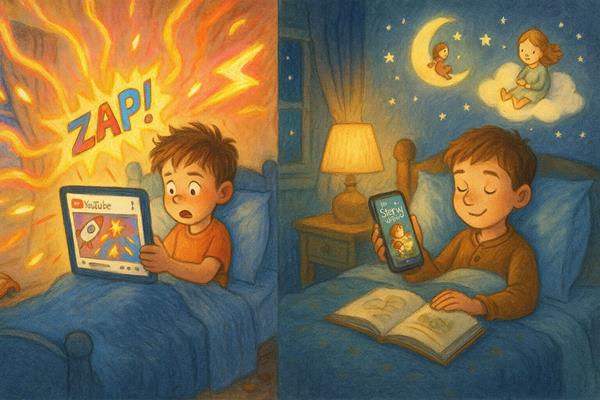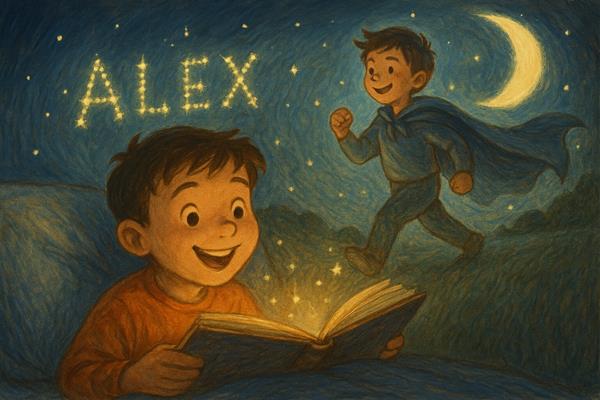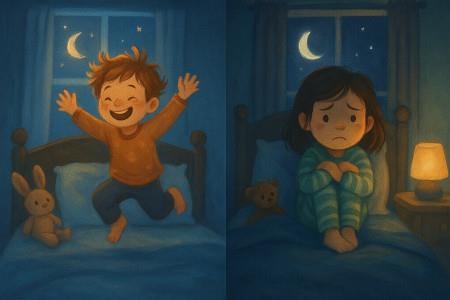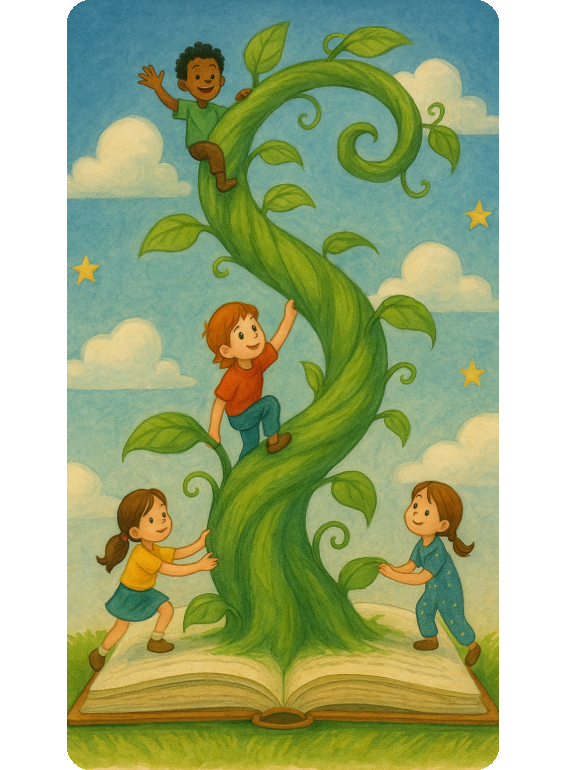The Role of Stories in Developing Emotional Vocabulary
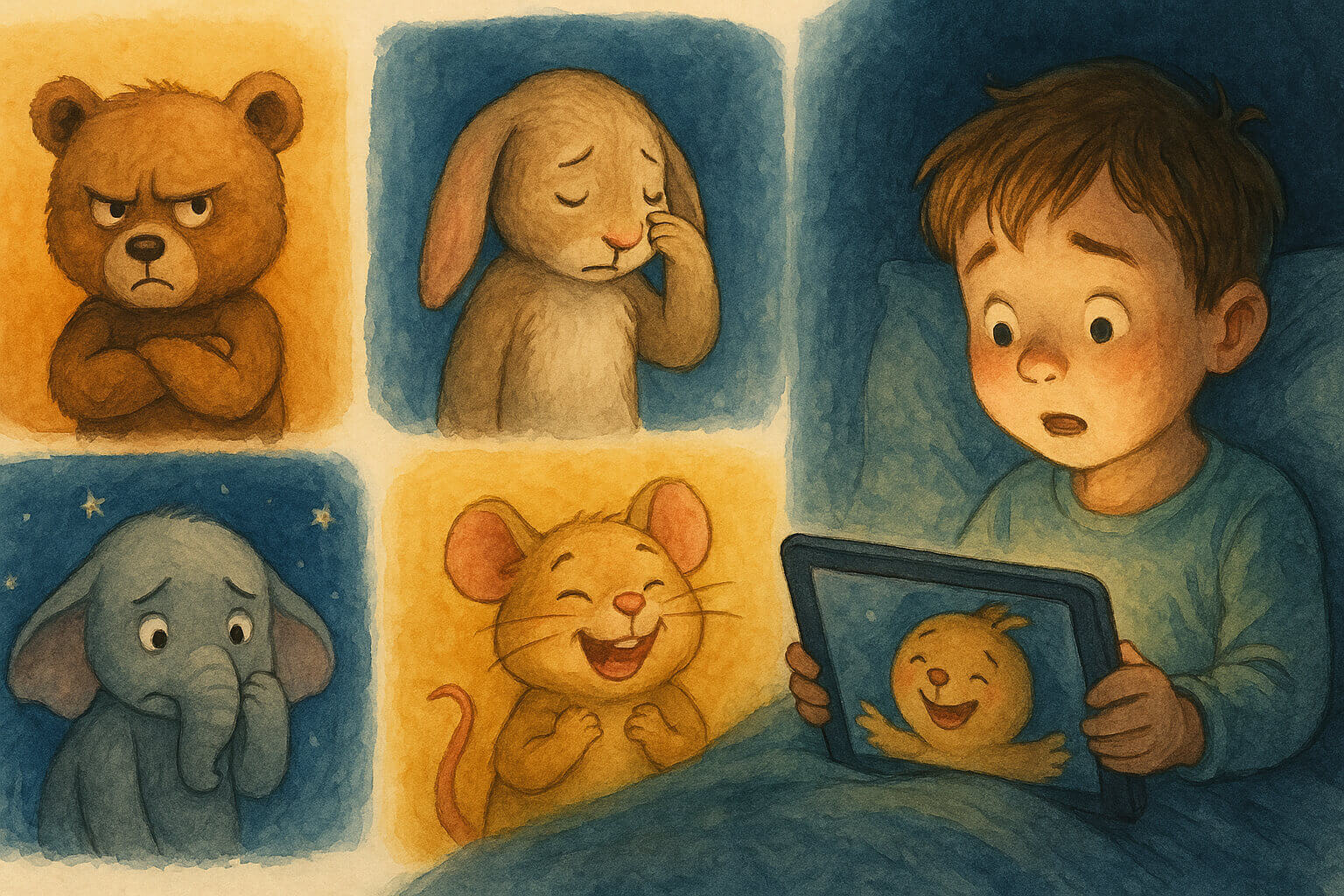
Introduction
Before children can manage their emotions, they need the words to name them. Many kids feel overwhelmed not because they’re “too emotional,” but because they don’t know how to express what they’re feeling. Stories are a powerful way to build emotional vocabulary—gently, naturally, and meaningfully.
1. Stories Reflect Real Emotions in Safe Scenarios
When a character feels frustrated, lonely, or excited, children relate.
-
It creates emotional distance that feels safer than talking about themselves directly
-
It validates emotions as normal and acceptable
-
It teaches that feelings come and go, and they’re okay
Example: A bunny who feels left out when the others don’t invite him teaches about rejection and acceptance.
2. Repetition Builds Recognition
Hearing the same emotional words regularly (e.g. “nervous,” “proud,” “jealous”) helps children:
-
Recognize these emotions in themselves
-
Understand that every feeling has a name
-
Begin using those words in everyday situations
This leads to stronger emotional regulation and self-expression.
3. Dialogue Shows Emotional Language in Action
Stories show how feelings are shared and handled.
-
“I’m sorry I yelled. I was angry, but I still love you.”
-
“I was excited, so I couldn’t sleep!”
This kind of emotional modeling is essential for social and relationship development.
4. Personalization Deepens the Impact
When your child is part of the story—as with Storivy—they identify even more deeply.
-
The emotional growth feels personal
-
They see themselves learning to name, face, and express emotions
-
This builds confidence, empathy, and emotional maturity
5. Better Sleep Through Emotional Release
Naming feelings before bed reduces mental restlessness.
-
Stories help children feel heard—even without a direct conversation
-
It opens space to release daily tensions
-
Kids sleep better when they feel emotionally understood
Conclusion: Name It to Tame It
The more emotions children can name, the better they can manage them. Stories provide a safe, loving space to explore all the big feelings of childhood—without judgment or pressure. With Storivy, each story becomes a tool for emotional growth.
- Date: 22 May 2025
- Share:


